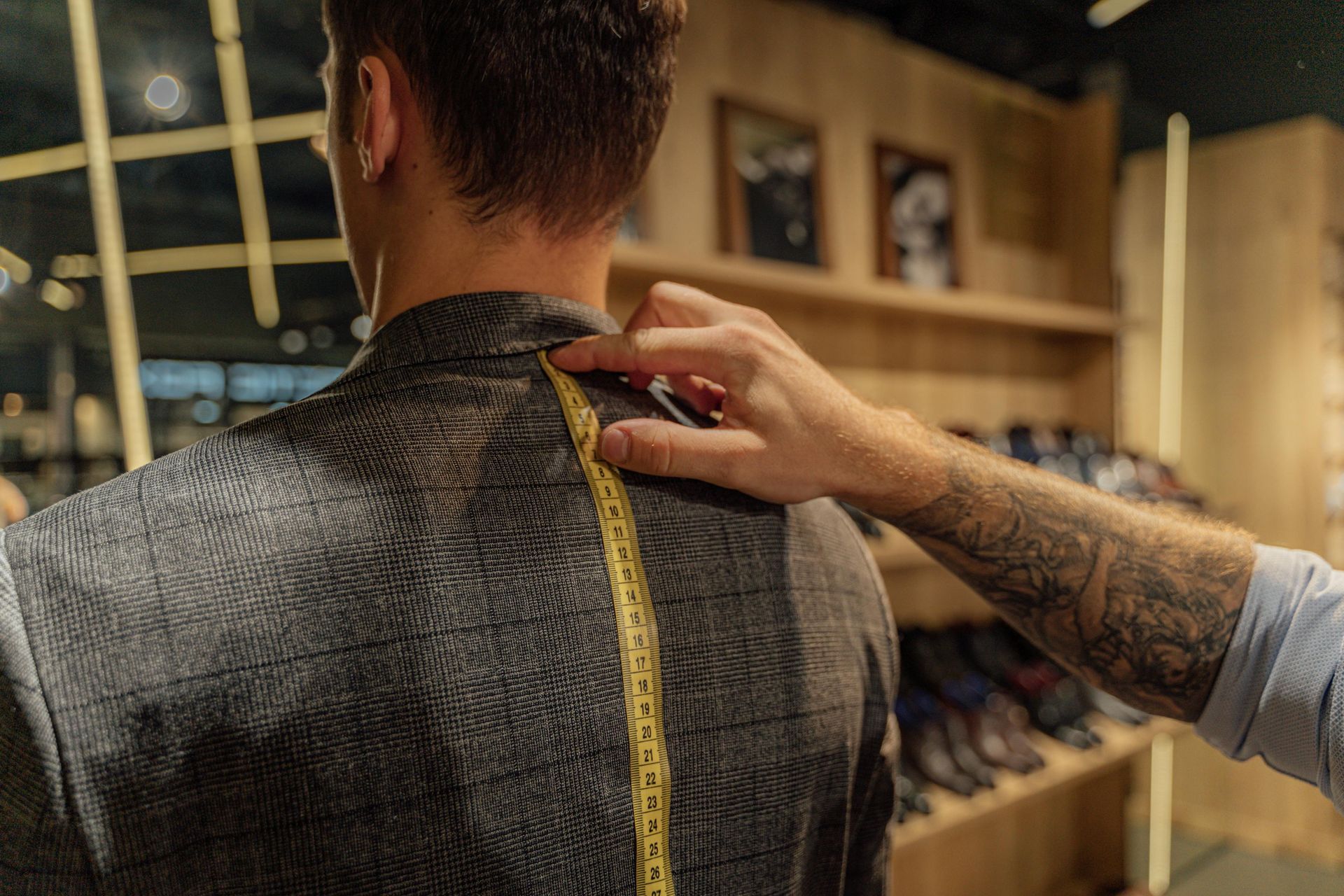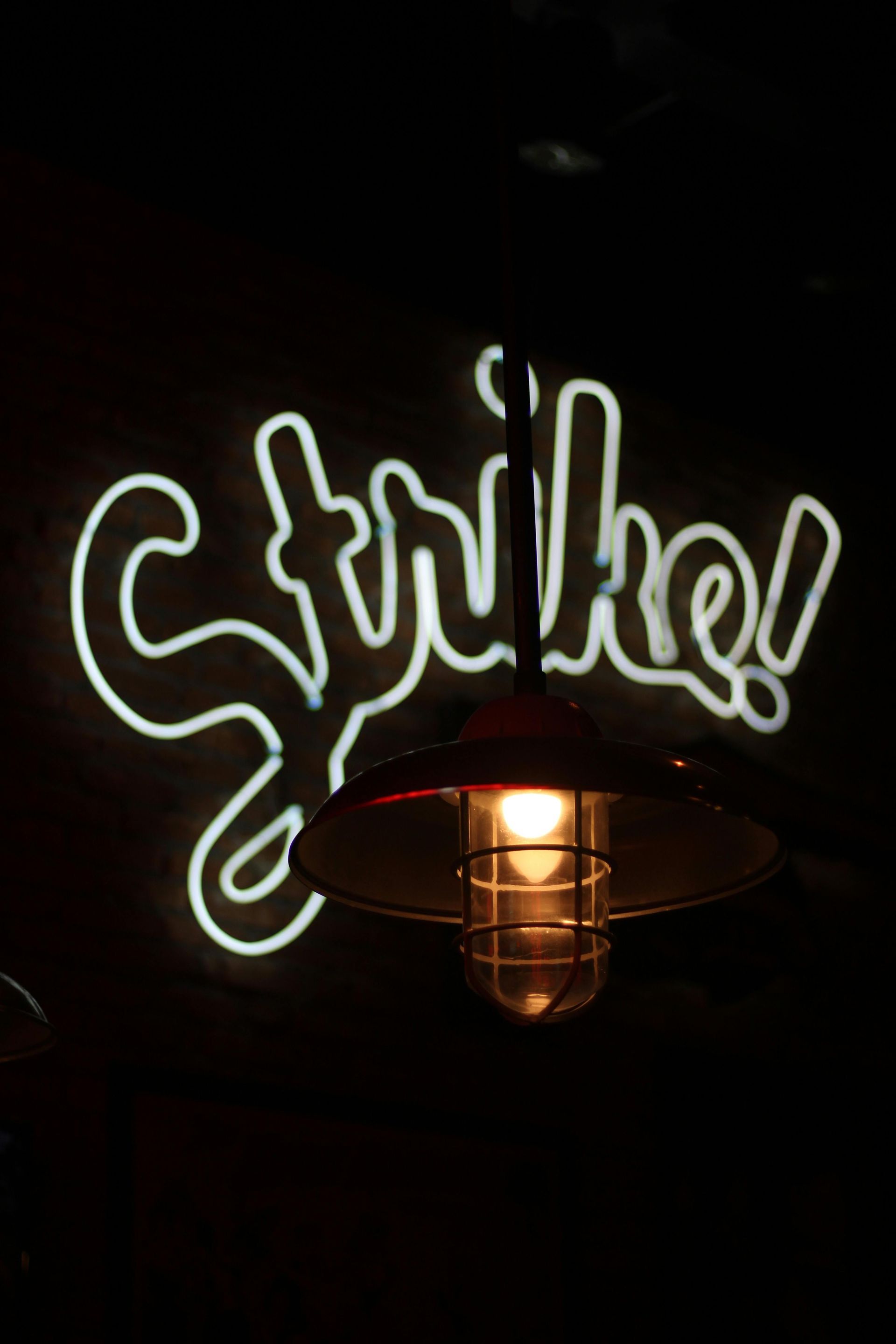Proving Contributory and Secondary Liability for Trademark Infringement

Contributory and secondary liability for trademark infringement is the idea that a party who does not directly infringe another’s trademark may still be liable for such infringement given participation in the trademark infringement process.
Contributory Trademark Infringement
To prove contributory or induced trademark infringement, the trademark owner must show “(1) supply of a product, and (2) knowledge of direct infringement.” Fonovisa, Inc., 847 F. Supp. at 1498; see also Inwood Labs., 456 U.S. at 854 (“[I]f a manufacturer ... intentionally induces another to infringe a trademark, or if it continues to supply its product to one whom it knows or has reason to know is engaging in trademark infringement, the manufacturer ... is contributorily responsible for any harm done as a result of the deceit.”); David Berg & Co., 884 F.2d at 311 (“The determination of contributory infringement depends upon a defendant's intent and its knowledge of the wrongful activities of its distributors.”); Coca-Cola Co., 64 F. Supp. at 989 (holding that plaintiff must prove defendant knew or should have known direct infringement would result).
Another component of contributory infringement is secondary liability. Secondary liability for trademark infringement is the idea that a party who does not directly infringe another’s trademark may still be liable for such infringement given participation in the infringement process. While the Lanham Act does not expressly state a claim for secondary liability, secondary liability in the trademark context is a judicially created doctrine expanding the Lanham Act. “Secondary infringement” simply refers to acts that contribute to or induce direct infringement of a federal intellectual property right by another. Secondary infringement can itself be direct and complete infringement: a party who sells an infringing product to a downstream party is a secondary infringer. See Leslie J. Hagin, Summary, A Comparative Analysis of Copyright Laws Applied to Fashion Works: Renewing the Proposal for Folding Fashion Works into the United States Copyright Regime, 26 TEX. INT'L. L.J. 341, 383 (1991) (“If one knows, or has reason to believe, that he is selling an infringing article, he is guilty of ‘secondary infringement.’”).
The Supreme Court first recognized implied rights of action in favor of the trademark owner against secondary infringers in 1982 in the case of Inwood Labs., Inc. v. Ives Labs., Inc., 456 U.S. 844, 853-54 (1982) (involving generic drug manufacturers who copied appearance of trademarked CYCLOSPASMOL capsules); stating that “liability for trademark infringement can extend beyond those who actually mislabel goods with the mark of another.” In that case, the Supreme Court concluded that liability for trademark infringement under the Lanham Act could be imposed upon a party who did not directly infringe a trademark, but who “intentionally induces another to infringe a trademark, or ... continues to supply its product to one whom it knows or has reason to know is engaging in trademark infringement.” Competing drug manufacturers could not make a generic substitute, which they put in the same-colored capsules, and thereby confusing pharmacists into filling prescriptions using the generic capsules while labeling the prescription as CYCLOSPASMOL.
The Court’s decision in Inwood Laboratories, and the motivation to encourage retailers to pass off fake product, revealed why the Court needed to recognize secondary trademark infringement as an implied cause of action. The Court announced the rule for inducing trademark infringement:
"[I]f a manufacturer or distributor intentionally induces another to infringe a trademark, or if it continues to supply its product to one whom it knows or has reason to know is engaging in trademark infringement, the manufacturer or distributor is contributorily responsible for any harm done as a result of the deceit." Inwood Labs., 456 U.S. at 854.
Although courts emphasize that no one party has an affirmative duty to prevent trademark infringement by another, parties may avoid liability for contributory infringement by taking “effective measures to prevent” the other party's direct infringement. Judge-made causes of action for contributory trademark infringement take years to fully develop, and standard of proof necessary to prove induced trademark infringement s ever evolving.
Pleading Contributory Infringement
A standard counterclaim pleading for contributory infringement may read as follows:
"The Counterclaim Defendants use, sell, market, distribute and advertise in the United States the Subject Trademarks and Subject Trade Dress, which activities, due to a contractual distributor relationship between Counterclaim Defendant and Counterclaim Plaintiff, inured to the benefit of Counterclaim Plaintiff, until 2021. After 2021, such activities constituted and constitute trademark infringement and trade dress infringement, unfair competition, common law trademark infringement and false designation of origin or alternatively contributory trademark and trade dress infringement, contributory unfair competition, contributory common law trademark infringement or contributory false designation of origin."
Vicarious Trademark Infringement
Vicarious liability requires “a finding that the defendant and the infringer have an apparent or actual partnership, [and] have authority to bind one another in transactions with third parties or exercise joint ownership or control over the infringing product.” Hard Rock Cafe Licensing Corp. v. Concession Servs., Inc., 955 F.2d 1143, 1150 (7th Cir. 1992) (citing David Berg & Co. v. Gatto Int'l Trading Co., 884 F.2d 306, 311 (7th Cir. 1989)). Courts will often examine the intent and knowledge of the allegedly vicariously liable party, and the nature and extent of the communication between the vicariously liable party and the direct infringer regarding the infringing acts. While not quite strict liability (i.e. liability implies liability without fault), the courts will want to know if there was explicit or implicit encouragement of the “trademark violation.” Mini Maid Serv. Co. v. Maid Brigade Sys., Inc., 967 F.2d 1516, 1522 (11th Cir. 1992) (analyzing liability of franchisor for franchisee's direct infringement of trademark).
A trademark owner may sue those who not only directly infringe the mark but also those who contribute to or induce another to directly infringe. This judicially created concept continues to evolve and expand within the context of the Lanham Act.
Vicarious Trademark Infringement
As discussed above, the liability for trademark infringement is not limited to just those who directly infringe a trademark. Courts have extended trademark infringement liability to parties who supply a direct infringer with the infringing goods. Unlike direct infringement, this liability is not strict liability because courts generally require some showing that the third-party supplier or manufacturer knew or should have known that its product was used in a trademark infringement. Once proven, the courts will hold suppliers and manufacturers liable for a plaintiff's losses even though the infringement was indirect. As a rule, secondary liability for trademark infringement is imposed under broader circumstances than secondary liability for patent infringement, but in more narrow circumstances than secondary liability for copyright infringement.
While it is often said that a Lanham act cause of action for indirect infringement implies indirect infringement, contributory infringement has been created solely from common law. Common law continues to develop in the area of third-party contributory liability.
Manufacturers whose retailers directly infringe trademark—Contributory infringement found or established.
The courts in the following cases held that manufacturers either were, or could have been, contributorily liable for the trademark infringements of their retailers where they either intentionally induced such infringement or continued to supply those retailers with knowledge of the infringement.
The Third Circuit Court of Appeals in Ciga-Geigy Corp. affirmed a permanent injunction against a generic drug manufacturer whose capsules were made identical to the plaintiff's trademarked capsules in size, shape, and color. The district court had found that the defendant's generic alternative could easily be mistaken for the plaintiff's drug and that the defendant had copied the plaintiff's trade dress purposely to increase sales of its generic alternative and to potentially induce illegal substitution. Further, the court noted that many pharmacists had already been convicted of illegal substitution in New York. Ciba-Geigy Corp. v. Bolar Pharmaceutical Co., Inc., 747 F.2d 844, 224 U.S.P.Q. (BNA) 349 (3d Cir. 1984).
In Sealy, Inc v. Easy Living, Inc., the Ninth Circuit Court of Appeals held that a manufacturer of mattress foundations that were being marketed as a pair with the plaintiff's mattresses was contributorily responsible for the trademark infringement that resulted. The court agreed with the district court that the defendant's labels and notices were inadequate remedial measures, since purchasers were still deceived and given the misleading impression that the mattress and foundation combinations were all manufactured by the plaintiff. The court thus affirmed the district court's grant of a permanent injunction unless the defendant explicitly labeled its foundations and required retailers to inform purchasers of the product’s manufacturer. Sealy, Inc. v. Easy Living, Inc., 743 F.2d 1378, 224 U.S.P.Q. (BNA) 364, 16 Fed. R. Evid. Serv. (LCP) 1061 (9th Cir. 1984).
Manufacturers whose retailers directly infringe trademark—Contributory infringement not found
The courts in the following cases found no contributory infringement on the part of manufacturers whose retailers infringed trademarks.
In National Basketball Ass’n v. Sports Team Analysis and Tracking Systems, Inc., court held that the manufacturer of an electronic beeper device that provided real–time information about professional basketball games was not contributorily liable for its retailer's false advertising which implied the device was "officially licensed" by the plaintiff, where that advertising resulted from a mistake by one of the retailer's employees and was promptly rectified upon notification. 939 F. Supp. 1071 (S.D.N.Y. 1996), aff'd in part on other grounds, vacated in part on other grounds, 105 F.3d 841 (2d Cir. 1997).
The court held that where there was no proof of actual confusion nor a likelihood of confusion, the manufacturer of a bottle that was created to be identical to the plaintiff's Vaseline Intensive Care Lotion bottle could not be held liable for damages for having contributed and induced trademark or trade dress infringement. Conopco, Inc. v. May Dept. Stores Co., 46 F.3d 1556, 32 U.S.P.Q.2d (BNA) 1225 (Fed. Cir. 1994).
Retailers, distributors, and others—
Contributory infringement found or potentially established.
The courts in the following cases held that distributors and other members of distribution chains were or may have been contributorily responsible for the trademark violations accomplished at the end of those chains if they had knowledge of such infringement.
The First Circuit Court of Appeals held that a carrier that delivered unbranded gasoline to a former Getty filling station that continued to display the Getty symbols on employee uniforms and company signs, knowing that it was no longer a licensed Getty station, was contributorily liable for the station's trademark infringement. Getty Petroleum Corp. v. Aris Getty, Inc., 55 F.3d 718, 35 U.S.P.Q.2d (BNA) 1156 (1st Cir. 1995).
The Second Circuit Court of Appeals affirmed a finding of contributory infringement against a gasoline distributor who sold non–Getty gasoline to Getty service stations with the knowledge that those stations would resell it as Getty gasoline but reduced the district court's award of punitive damages from $1 million to a quarter of that amount. In affirming an award of punitive and compensatory damages for contributory trademark infringement, the court noted that although the Lanham Act does not authorize punitive damages awards, under state unfair competition laws such awards are authorized in cases of knowing and intentional contributory infringement. Here, where the jury had found that the defendant displayed "a callous disregard for the rights of Getty in its trademark," a punitive damages award was justified, though for only a quarter of the $1 million originally awarded. Getty Petroleum Corp. v. Island Transp. Corp., 878 F.2d 650, 11 U.S.P.Q.2d (BNA) 1334 (2d Cir. 1989).
The court denied a motion to dismiss claims of contributory infringement, noting that the claim hinged on the factual issue of whether the defendant actually knew the gasoline it distributed to the plaintiff's service–station retailers would be used to infringe the plaintiff's trademark. Power Test Petroleum Distributors, Inc. v. Manhattan & Queens Fuel Corp., 556 F. Supp. 392, 220 U.S.P.Q. (BNA) 519 (E.D.N.Y. 1982).
In Dynamic Microprocessor Associates, the Eastern District of New York found that defendant, after receiving notice from the plaintiff that its licensing agreement to sell the plaintiff's software was to be terminated, continued to copy and to distribute the plaintiff's software to its customers. On plaintiff's motion for summary judgment for contributory copyright infringement by the defendant, the court found that the defendant knowingly distributed pirated copies of the plaintiff's software to end–users with the expectation that the end–users would install the software on their computers and therefore defendant's post–termination sales induced and materially contributed to the infringing conduct of those customers who purchased the computer software from the defendant. Dynamic Microprocessor Associates, Inc. v. EKD Computer Sales, 1997 WL 231496 (E.D.N.Y. 1997).
In Transdermal Products, Inc., the court held that a retailer/distributor that allegedly encouraged its manufacturer to infringe the trademarks of its former supplier might be contributorily liable and thus could be joined as a defendant, if not under federal law then under state law. Transdermal Products, Inc. v. Performance Contract Packaging, Inc., 943 F. Supp. 551, 41 U.S.P.Q.2d (BNA) 1698 (E.D. Pa. 1996).
The District of Maryland ruled in National Federation of the Blind that the plaintiff ought to be eligible for at least equitable relief for the contributory infringement when defendant-publisher’s book listed plaintiff by its registered trademark name as a source for potential business scams. The court disagreed with the defendant's arguments that direct trademark infringement and subsequent actual consumer confusion must be shown to maintain a cause of action for contributory liability, noting that "a plaintiff does not have to await the consummation of threatened injury to obtain preventative relief." National Federation of the Blind, Inc. v. Loompanics Enterprises, Inc., 936 F. Supp. 1232 (D. Md. 1996).
In A&M Records, Inc., the court held that a seller of blank audiotapes and duplicating equipment, knowing that they were being used by counterfeiters of the plaintiff's audiotapes, was contributorily liable for their trademark infringements. Since the plaintiff had presented no evidence of specific damages sustained, the court assessed triple the profits reaped by the defendant's business, for a total of $7 million and attorney's fees. A & M Records, Inc. v. Abdallah, 948 F. Supp. 1449, 39 U.S.P.Q.2d (BNA) 1818 (C.D. Cal. 1996).
The Eleventh Circuit Court of Appeals held that a former sales representative of the plaintiff lamp manufacturer, who instructed its manufacturers to copy the plaintiff's lamps, with the intent of underselling the plaintiff's lamps, clearly had knowledge that it was participating in furthering a trade dress infringement and thus was contributorily liable. Bauer Lamp Co., Inc. v. Shaffer, 941 F.2d 1165, 20 U.S.P.Q.2d (BNA) 1128 (11th Cir. 1991).


Have an idea for a blog? Click and request a blog and we will let you know when we post it!











